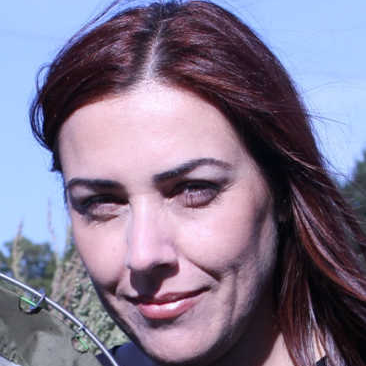Insects, Food Security and Circular Food Production
A special issue of Sustainability (ISSN 2071-1050). This special issue belongs to the section "Sustainable Food".
Deadline for manuscript submissions: closed (31 August 2022) | Viewed by 18208
Special Issue Editors
Interests: ecology; entomology; biodiversity; insect rearing; nature-based solutions
Special Issue Information
Dear Colleagues,
One of the biggest challenges humanity currently faces to achieve food security is the intensification of global food and feed production systems. The expected projections of population growth must be accompanied by the provision of nutritious and sufficient food for all. Currently, food is produced in an unsustainable way with a high impact on the environment and people’s health and with food loss and waste further compromising the food systems sustainability. In addition, the challenges posed by the climatic change will threaten food security even further.
Insects can be viable agents for the bioconversion of food waste and other organic side-streams, as well as viable ingredients for food and feed. Insect-based food biodiversity is also an opportunity to cope with the need for extra food sources and food security, since it provides additional nutrients to people, especially in countries with traditional entomophagy. Edible insects can be a viable solution to improve food security. Insects are highly rich in proteins and other important nutrients and are more efficient food converters than other animals. Their low requirement for arable land, water and food, as well as their low carbon dioxide emissions, makes insects a more sustainable source of food and feed than other currently used ingredients and can be a viable alternative towards more sustainable food production systems.
This Special Issue invites novel contributions in the form of critical reviews and research papers to address all aspects of the role of insects in food security and in circular food production systems. We encourage submissions that address topics and questions such as the following:
- Insects and food security
- The insect, food and biodiversity nexus
- Insects as bioconverters of waste
- Insects as nutrient-rich ingredients for food and feed
- Insects’ role in circular food production
- Edible insects
- Insects as feed ingredients
- Insects and aquaculture
- Edible insects and environmental policies
Dr. Olga M. C. C. Ameixa
Dr. Ana Isabel Lillebø
Guest Editors
Manuscript Submission Information
Manuscripts should be submitted online at www.mdpi.com by registering and logging in to this website. Once you are registered, click here to go to the submission form. Manuscripts can be submitted until the deadline. All submissions that pass pre-check are peer-reviewed. Accepted papers will be published continuously in the journal (as soon as accepted) and will be listed together on the special issue website. Research articles, review articles as well as short communications are invited. For planned papers, a title and short abstract (about 100 words) can be sent to the Editorial Office for announcement on this website.
Submitted manuscripts should not have been published previously, nor be under consideration for publication elsewhere (except conference proceedings papers). All manuscripts are thoroughly refereed through a single-blind peer-review process. A guide for authors and other relevant information for submission of manuscripts is available on the Instructions for Authors page. Sustainability is an international peer-reviewed open access semimonthly journal published by MDPI.
Please visit the Instructions for Authors page before submitting a manuscript. The Article Processing Charge (APC) for publication in this open access journal is 2400 CHF (Swiss Francs). Submitted papers should be well formatted and use good English. Authors may use MDPI's English editing service prior to publication or during author revisions.
Keywords
- insects
- waste management
- circular economy
- food and feed production
- population growth
- climate change
- biodiverse foods
- edible insects






